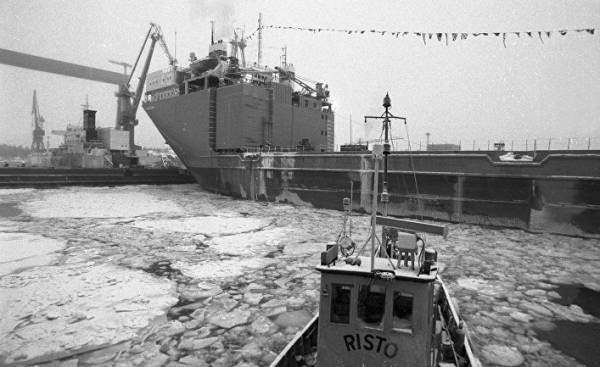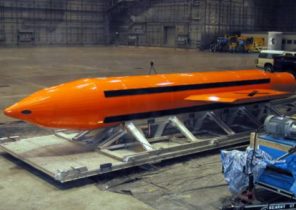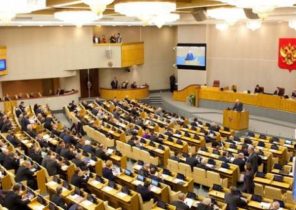
It is no exaggeration to say that trade relations of Finland with the Soviet Union was based on the exchange of oil for court, write Inkeri, Hirvensalo (Inkeri Hirvensalo) and Pekka Sutela (Sutela Pekka) in his book “to Shake money out of the Bolsheviks. The Finnish-Soviet trade relations” (Rahat pois bolshevikeilta — Neuvostoliiton Suomen kauppa kanssa).
After the Second world war an average of 15% of foreign trade turnover of Finland’s trade was with the Soviet Union. The Eastern direction was extremely important for political reasons and security reasons.
Mountain Advisor located in Rauma, the company Hollming Reino Salo (Salo Reino) says in his book that is often met with Nikita Khrushchev and other high officials of the USSR.
Mountain Advisor shipbuilding company Rauma-Repola Youko Sulphur (Jouko Sere) recalls that once held in the Soviet Union for almost six months. Several times he had been to operas and ballets, but the time still passed very slowly.
In the 1980s, Rauma-Repola was the largest exporter of Finnish products in Russia. In the best years the representatives of the company made 1.2 thousand trips to the Soviet Union. The company calculated that the weekly “30-40 guys was somewhere in the USSR.”
Engaged in the Eastern trade, the Executive Director of Hollming Aarno Mannon (Aarno Mannonen) reported that doing business was not easy, although the framework contracts concluded at a high political level. Among the shipbuilding companies was the competition for receiving orders. Once a company Rautaruukki deprived of quotas for the production of ships.
“Representatives of the West coast was very indignant, but the Lord of Helsinki already thoroughly brainwashed as to what to do,” says Mannon.
Excessive consumption of alcohol was then part of the Soviet culture. Mannon was relieved when Mikhail Gorbachev launched the anti-alcohol campaign.
According to Manninen, the conversation boiled down to a few themes.
“Anecdotes, sports and weather. They were some kind of Academy anecdotes, which gathered thousands of funny stories.”
Bilateral trade peaked in the early 1980s. In 1982, 27% of Finnish exports were directed to the Soviet Union. The explanation was the growth of oil imports and rising oil prices. In addition to the ships and products of the metal industry in the USSR exported a large number of products of woodworking industry and consumer goods, such as clothing and shoes.
The decline in turnover in the late 1980s was rapid. In 1992 the share of the USSR in Finnish exports was only 3%.
The book also tells a popular story about the bell company Rauma-Repola (meaning two deep-diving vehicles “Mir-1” and “Mir-2” — approx. TRANS.). The company made a request to the CIA, will not have any trouble selling these devices in the USSR. According to the reply, no problems were foreseen. Obviously, in the United States simply did not believe that the Finns will be able to create such deep techniques, because they have themselves failed.
When Repola still managed to put two submersibles neighbours, the US became worried. After all, such research devices could be used in order to, for example, to disable the transatlantic Telegraph cable. USA and Finland forced the company Repola to terminate the agreement with the Soviet Union.
The company Hollming, in turn, got a lot of new information in the field of electronics, when built in 1980 in Rauma research vessel “Akademik Mstislav Keldysh”. For example, early multibeam echo sounders made only in the US, while this design was not developed by the company Rauma. Due to limitations in exports in Finland had to develop a system for dynamic positioning of the vessel.







